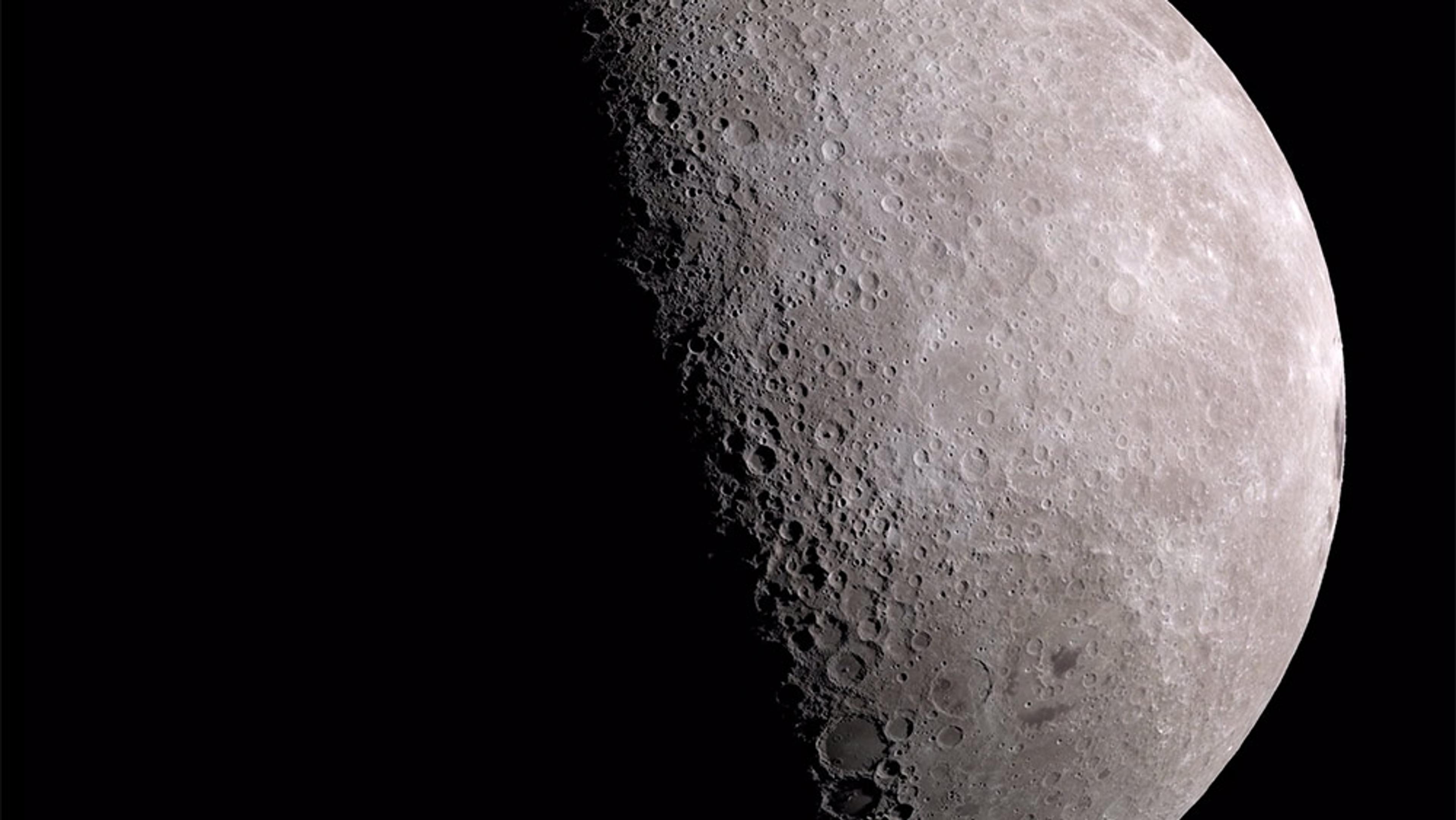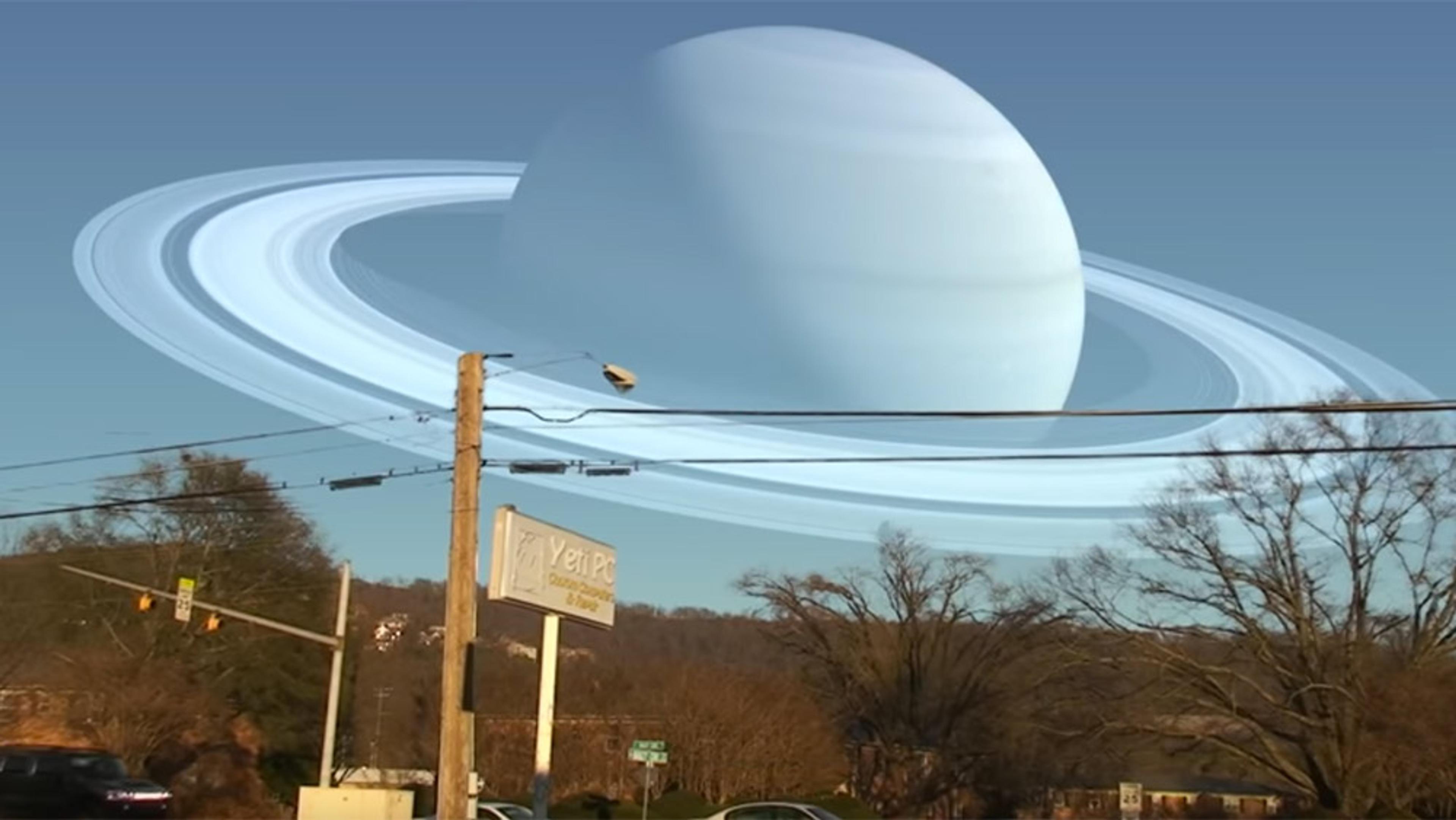Like Earth, the Moon has evolved over time, but unlike our planet, where erosion, tectonics and volcanism hide the scars of the past, much of the Moon’s history is preserved on its surface, making it an illuminating window into the deep past. This brief visual history of the Moon from the NASA Goddard Space Flight Center shows how the Earth’s closest cosmic companion came to be the pockmarked, familiar face we now see in our night sky.
It might be our placid nocturnal companion, but the Moon has a turbulent past
Video by NASA Goddard
3 May 2016

videoAstronomy
A massive collision, or something stranger? An epic exploration of lunar origin theories
15 minutes

videoCosmology
Lava, ice and hints of life – an immersive 360° tour of volcanism in our solar system
5 minutes

videoPhysics
To change the way you see the Moon, view it from the Sun’s perspective
5 minutes

videoAstronomy
Soar around the Moon, carried by the music of Debussy, in this breathtaking space flight
5 minutes

videoAstronomy
Close encounters of a different kind – what if Venus, Neptune or Saturn hovered close by?
2 minutes

videoHistory of science
Bat-people on the Moon – what a famed 1835 hoax reveals about misinformation today
8 minutes


